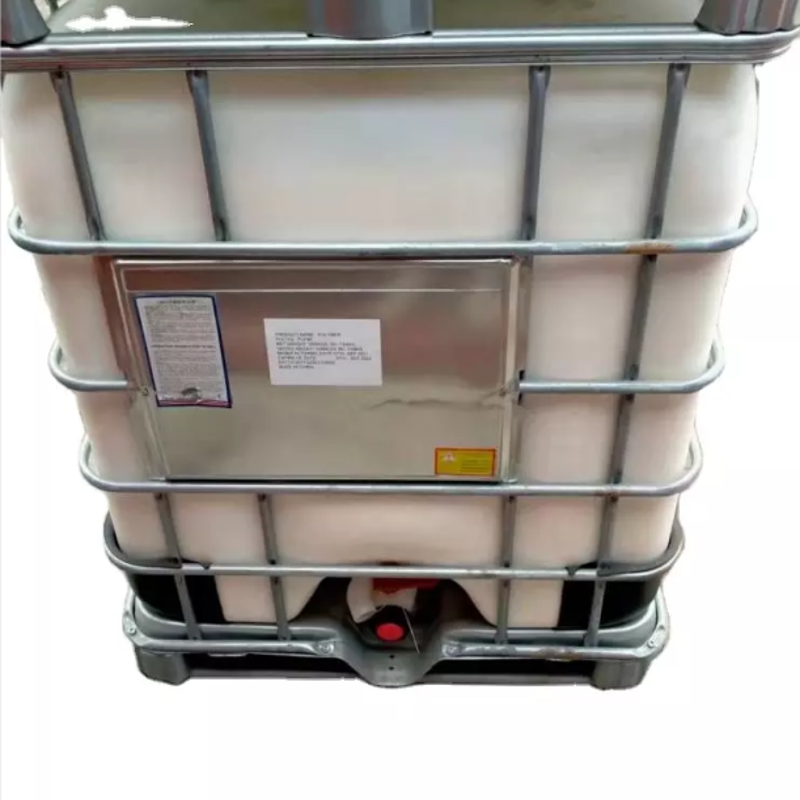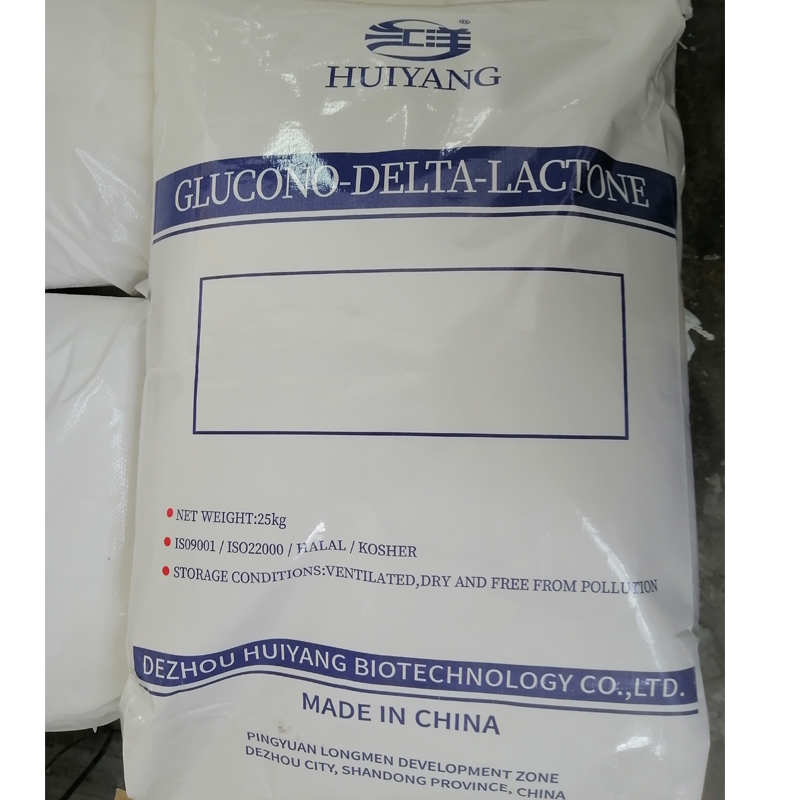-
Categories
-
Pharmaceutical Intermediates
-
Active Pharmaceutical Ingredients
-
Food Additives
- Industrial Coatings
- Agrochemicals
- Dyes and Pigments
- Surfactant
- Flavors and Fragrances
- Chemical Reagents
- Catalyst and Auxiliary
- Natural Products
- Inorganic Chemistry
-
Organic Chemistry
-
Biochemical Engineering
- Analytical Chemistry
- Cosmetic Ingredient
-
Pharmaceutical Intermediates
Promotion
ECHEMI Mall
Wholesale
Weekly Price
Exhibition
News
-
Trade Service
Food Partners Network News October 23, Sichuan Provincial Market Supervision and Administration issued the 2020 No. 44 food safety sampling information, extracted food processing products, beverages, vegetable products, edible agricultural products, bee products, potatoes and puffed food, fried food and nut products, meat products, soy products, salt, health food and other 11 categories of food 842 batches of samples, tested 21 batches of samples are not qualified.
the main problems found in the food industry are the over-limited use of food additives, the detection of prohibited agricultural and veterinary drugs exceeding the standard, microbial pollution, quality indicators are not up to standard.
8 batches of food inspection food additives over-range use problem 8 batches of food products detected food additives over-range over-limit use of the problem, respectively, Bazhou District, Bazhou District, the old taste spicy string shop sales of "rice line", big bamboo by the day snack bar sales of "rice powder", Bazhou District, Bazhou District, the "meter line", dehydrogenate and sodium and sodium Salt (to dehydroacetic acid meter) does not meet the national standards for food safety provisions; Chengdu Taurus District Duji dry miscellaneous shop sales of "dry shoots", ship mountain health dry condiments sales of "dry lilies", "dry yellow shoots", shuangliu District Guanghong condiments sales of "black shoots", "dry shoots", sulfur dioxide residue does not meet the national standards for food safety.
Sulfur dioxide, potassium sulphate (sodium), sodium sulphate, sodium sulphate, sodium sulphate is commonly used in food processing bleach and preservatives, antioxidants, sulfur can also be used in vegetable dry products, dried fruits, honey fruit and other food production process fumigation, to achieve corrosion and bleaching, after use will produce sulfur dioxide residues.
small amount of sulfur dioxide into the body will not bring health hazards to the body, but excessive consumption may cause gastrointestinal reactions such as nausea, vomiting and so on.
Food Safety National Standards for the Use of Food Additives (GB 2760-2014) stipulates that sulfur dioxide residues of dried vegetables shall not exceed 0.2g/kg.
The excess sulfur dioxide residues of vegetable dry products may be due to excessive use of sulfur dioxide, potassium coking potassium sulphate (sodium), sodium sulphate, sodium sulphate, sodium hypothionate, or excessive fumigation with sulfur during the production process.
Dehydroacetic acid and its sodium salts are a low-toxic and high-efficiency preservative, with broad spectrum, in acid, alkaline conditions have a certain antibacterial effect, mold, yeast and fine bacteria have a better inhibitory effect, 2-10 times sodium benzoate, at high doses can inhibit bacteria.
The National Standard for Food Safety Food Additives (GB2760-2014) stipulates that food additives dehydroacetic acid and its sodium salts (in dehydroacetic acid) shall not be used in rice products.
May cause dehydroacetic acid and its sodium salts (in dehydroacetic acid meter) to exceed the standard may be: enterprises in order to increase the shelf life of the product, or make up for the product production process health conditions are not good and over-range use;
5 batches of food inspection restricted agricultural and veterinary drugs exceeded the standard problem 5 batches of food detection restricted agricultural veterinary drugs exceeded the standard problem, respectively, The sale of fresh meat shops in Shaodong, the town of Lower Temple, Jiange County, from Hanzhong City, Shaanxi Province, Dongrun Eco-Agriculture Development Co., Ltd. cold storage / product sales places of "pig hind leg meat", the ground Simisong does not meet the national standards for food safety; The "white herring" sold by the fish line does not meet the national standards for food safety, the people of Qiaozhuang Town, Qingchuan County, are selling the "wild flower honey" and "alpine earth honey" produced by Fule Bee Product Development Co., Ltd. of Qingchuan County, Sichuan Province, and nofluosa star does not meet the national standards for food safety;
bee farming is vulnerable to bacteria, fungi, viruses and foreign parasitic moles.
common way to control and treat these diseases is to feed veterinary drugs directly or spray them in hives.
is a quinoxone drug, a common antibiotic veterinary drug commonly used in beekeeping production to prevent and treat a variety of bacterial diseases.
2292, issued in 2015, prohibits the use of various salts, esters and their preparations in food animals.
nofluorosa in honey may be due to the use of banned veterinary drugs in breeding by beekeepers.
dexamisone, also known as fluoromethasone, fluorine strong pine dragon, deshamesong, for glucocorticoid hormones, can be used in livestock and poultry bacterial infectious diseases, local inflammation of the comprehensive treatment, with anti-inflammatory, anti-shock and other pharmacological effects.
"Maximum Residual Limits for Veterinary Medicines in Food" (GB31650-2019), the residual amount of dexamisong in pork is ≤1.0 μg/kg.
of the excesses of the pork mid-lying samisong may be the irregular use of veterinary drugs by farmers and the non-strict compliance with the drug-taking period.
long-term consumption of dexamisong foods may increase the risk of high blood pressure and diabetes.
, also known as sedatives, is mainly used for anxiety, sedative hypnosis, but also for anti-epileptic and anticonvulsants.
"Maximum Residual Limits for Veterinary Medicines in Food" (GB31650-2019) stipulates that dicepam shall not be detected in animal foods.
5 batches of food detected microbial pollution 5 batches of food detected microbial contamination problems, respectively, Lizhou Zhong Xiaoying bottled water management department sales, labeled by Guangyuan City Moon Children's Spring Water Co., Ltd. production of "Zengjiashanquan drinking natural soft water", "Zengjiashanquan still drinking natural spring water" and "Had Koizumi drinking bottled water", E. coli, copper green fake bacteria do not meet national standards for food safety Provisions; Jijiang County for the people's bucket water management department sales, the label produced by Emeishan City Buddha Water Co., Ltd. "water show pulse drinking natural mineral water", copper-green fake monocytobacteria does not meet the national standards for food safety provisions;
total number of microbial indicators is an indicative microbial indicator, not a pathogenic bacteria indicator.
is mainly used to evaluate food cleanliness and reflect whether food meets hygiene requirements in the production process.
"National Standard for Food Safety Cooked Meat Products" (GB2726-2016), the total number of 5 test results in 5 samples of cooked meat products in the same batch shall not exceed 5×105CFU/g, and at least 3 test results shall not exceed 5×104CFU/g.
The total number of places exceeded the standard, may be food enterprises do not strictly control the production and processing process of sanitary conditions, or contact container cleaning and disinfection is not in place;
copper-green false monocytobacteria is a water-based and foodborne pathogenic bacteria, it is widely found in water, soil, food and hospital environments, especially in the humid environment to grow and reproduce.
copper-green false monocytobacteria growth and metabolism process may produce a variety of endotoxins, external toxins and other pathogenic factors, human infection can cause localized pus inflammation and other diseases.
"National Standard Packaging Drinking Water for Food Safety" (GB19298-2014) stipulates that samples of 5 independent packages in the same batch of packaged drinking water shall not be detected with copper-green fake monocytobacteria (CFU/250mL).
the main reason for the failure of the barrel water copper-green fake monocytobacteria may be that the recycling barrel cleaning and disinfection is not thorough, causing secondary pollution to the product.
E. coli group is one of the commonly used indicators to indicate food contamination.
detection of E. coli in food products indicates a greater likelihood of contamination by pathogenic bacteria such as salmonella, Sygassis, and pathogenic E. coli.
"National Standard Packaging Drinking Water for Food Safety" (GB19298-2014) stipulates that no E. coli colony (CFU/mL) shall be detected in 5 independently packaged samples in the same batch of packaged drinking water.
the E. coli group exceeds the standard, it may be that the packaging is contaminated, or it may be that the sanitary conditions in the production and processing process are not strictly controlled.
In addition to the above-mentioned non-conforming products, there are 3 batches of food inspection quality indicators are not up to standard, respectively, Leshan City Hongyu Trading Co., Ltd. sales of "drunk pots and pans" (verified by the Guangdong Provincial Market Supervision Authority, the batch of products are counterfeit products).
), acid price (in fat terms) (KOH) does not meet the national standards for food safety;
), protein does not meet national standards for food safety.
For non-conforming food found in the sampling, the Sichuan Provincial Market Supervision Administration has tasked Chengdu, Mianyang City, Guangyuan City, Suining City, Leshan City, Dazhou City, Ba Zhong City, Shiyang City Market Supervision Administration to immediately organize verification and disposal, urge food production enterprises to find out the flow of products, take the next recall of unqualified products and other measures to control risks;
Nonconforming Product Information (Source: Sichuan Provincial Market Supervision Administration) Unqualified - 2020 No. 44 Information Release.pdf Health Unqualified - 2020 No. 44 Information Release.pdf Related Reports: Sichuan Provincial Market Supervision Administration on the 21 batches of food non-conformity notice (No. 44 in 2020) This article was edited by the Food Partners Network Food Information Center, for the reference of netizens, welcome to reproduce, reprint please indicate the source! If you have any questions, news@foodmate.net.
。






